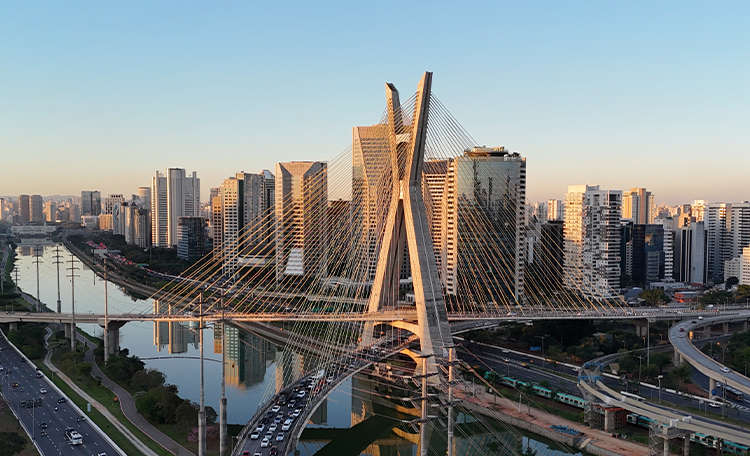New challenges
Many companies are looking to motivate employees to come back to the office, even if only a few days a week. As a result, business leaders are facing new challenges that can be as difficult as those faced in early 2020, when the pandemic emptied offices.
A new study by Cushman & Wakefield has identified three new scenarios, with significant implications as companies experiment with and develop new strategies in the workplace. Meet each of them below:
• Scenario one: demand for office space has increased. An improvement in the economy is driving this demand.
Tenants are taking advantage of a favorable market, mindful of long-term space needs, especially in the technology, financial services, healthcare and industrial sectors.
It took nearly three times longer for jobs to return to pre-recession numbers after the Great Financial Crisis of the 2000s. The office segment has fared better than the hotel industry, for example.
• Scenario two: the hybrid is here to stay.
Now is the time to embrace the hybrid, align potential bottlenecks, and cultivate common understanding. Companies must incorporate hybrid work as something positive so as not to run the risk of demotivating employees, impacting their performance and business.
The companies with the most engaged employees are those that provide workplace flexibility.
• Scenario three: the role of the office has changed.
Culture, collaboration and innovation are characteristics of the office of the future. Most organizations believe the office is now the place to build culture and inspire
criativity and innovation.
To compete for talent, companies need to create spaces that inspire employees and give them compelling reasons to team up with their peers.
Employee health and well-being is important
Better work-life balance, savings, more ability to concentrate without the distractions of the office are just a few drivers of new work style preferences. A discussion of returning to the office showed that most people are not strongly for or against. The discussion around the return to the office is related to work-life balance, mental health and workers' well-being.
Research data shows that mental health and well-being actually improve when employees are in the office. To ensure these positive experiences, the workplace needs to be a destination that supports social connection and emotional well-being.
Health and safety concerns should disappear as their dependents are safe, in the care of professionals – schools, day care centers and the like. In many places around the world, comfort levels have increased as activities in other physical environments such as restaurants, sports, entertainment, shopping centers and hotels have resumed.
Data indicates that employees need the office to support their desire to learn, make meaningful cultural connections with their organizations, and engage more deeply with colleagues.
What do leaders think?
While companies and employees agree that the future of the office will be characterized by more flexibility, expectations at the leadership level are different from the general expectations of employees. When asked, only 17% of executive leaders surveyed globally indicated that they plan on working remotely most of the time. That percentage jumps to 30% among non-leaders, who plan to work remotely most of the time.
Without similar expectations across all groups of workers, organizations risk making decisions that are harmful to the company. Executive leaders and managers must recognize the new reality of hybrid work and shift their mindset to not only recognize the importance of employee expectations and needs and needs, but design the office workplace of the future accordingly. Those who fail to make the change are likely to see increased turnover, lose competitiveness in recruiting talent, and lack the agility to respond when employee and company performance suffers.

